It is common for manufacturers to look for efficiencies in their lines based on linear access; but more often manufacturers today are interested in the potential of robotics because they can either be integrated into existing lines or be built as an end-to-end solution. This technology, which is common in large automotive applications, if done right, can be scaled for applications from highly specialized aseptic pharmaceutical applications to dark factories.
Process automation is made possible with flexible gripping and precision handling of parts by robots. As you would expect, for applications where less functionality is needed, it’s very often the case that the acquired system requires less investment compared to a custom, complex robot system. On the other hand, the robot system has obvious benefits when you are looking for a lot of functionality, e.g. when using vision capabilities to recognize items on a tray, rotating devices to place them in a special position, or when your pallets are very heavy.
According to Deloitte Global RPA Survey, the benefits of RPA adoption are significant. Payback was reported at less than 12 months, with an average 20% of full-time equivalent (FTE) capacity provided by robots. RPA continues to meet and exceed expectations across multiple dimensions including: improved compliance (92%), improved quality / accuracy (90%), improved productivity (86%), cost reduction (59%).
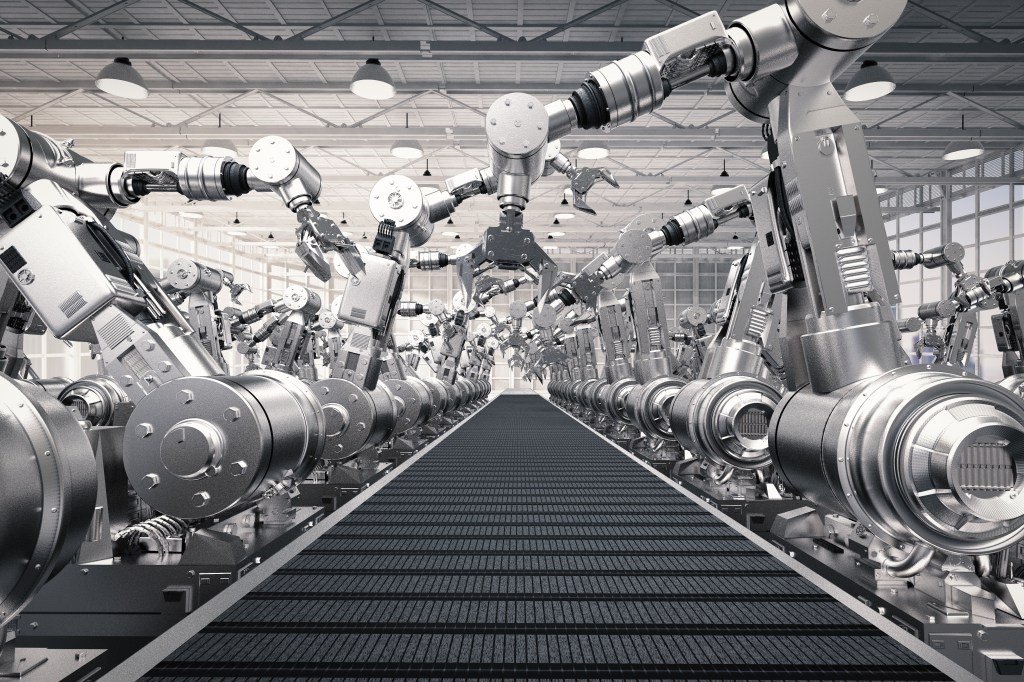
Often, our relationship with a customer begins by reviewing the customer’s production needs and expectations. What requirements are necessary, what motions will be needed, and what limitations are they facing, e.g., regarding floor loading? This enables us to provide recommendations towards a specific system or model to meet these requirements.
During the analysis we will consider:
- Interference Analysis and Prevention
- Collision Safe Zone Implementation
- Cycle Time Analysis and Optimization
- Smart Velocity
- Acceleration Profiles
- Axis Utilization Profiles
- SCARA Motion Planning
Our innovation mindset is the basis to developing customized solutions for any requirement, be it heavy duty or very delicate processes, using robot technology. The goal is to find the right solution for our customers’ needs with the ATS People-Process-Performance thinking and adding trusted third-party robot technology.
Looking at the beginning of production processes, there might for example be products which are packed in boxes or containers to be fed to a process. These might have been randomly placed onto pallets. Artificial intelligence (AI) with integrated 3D cameras can help locate the boxes or containers in an open area so that the robot can grip them.
The heavier a pallet is, the more manipulation it requires, the faster the infeed is, the more difficult it becomes as a manual process.

ROB – 1P
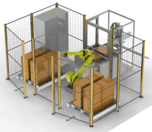
ROB – 2P

ROB – 3P

ROB – 4P
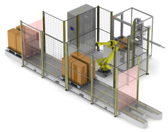
ROB – 5PA (5 Place Automatic)

ROB – 3P (3 Place)
Listening to our customers, we have learned that they are facing some limitations with this situation when using gantry systems; therefore, we have responded by creating a variety of standard machines with a wider range for palletizing. Conveyor systems can feed boxes from pallets automatically into subsequent machines. The difference is found in the capacity of the machine and of the material flow.
Basic processes that may include manual operation can be replaced by automated palletizing processes without compromising flexibility while adding the possibilities of processing tray stacks of up to 450kg and pallet changing times of approximately 10 seconds.
Whether you are looking for higher speed processes, regular feeding processes, trays that may need to be rotated or handled sideways, or trays that are very heavy, the manual handling of trays might become less efficient, safe or useful.

ROB – 2P
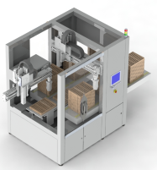
ROB – N
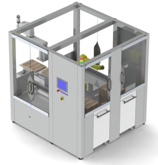
TROB – 2P
In these cases, you might want to look at automated solutions that integrate a robotic system which will be capable of handling 10kg trays uninterrupted, changing trays in as little as two seconds, and speeding up cycle times. Of course, this also holds true for more challenging processes with lower tolerances, such as clean room environments.
Standard units can be customized to integrate additional functionalities, for example, cleaning of the trays. ATS can offer cleaning processes that work with deionized air which is blown onto the trays to ensure they are free from particles and debris and then extracting the contaminated air. Whatever your requirements for clean room are, our innovation mindset helps us explore the possibilities to integrate them.
Other demands might include verifying if trays are fully filled or empty, wrapping of pallets, banding ends, shrink wrapping, and integrating labeling systems or barcode readers.
There are multiple additional functionalities that can be added in many of these standardized modules which then result in a very customized solution. Adjusting to our customers’ needs, we can arrange or modify our solutions.
For some customers the target is a dark factory, production without any operators. Whether you are starting from a greenfield site or looking at an integration, we can work with you to create a fully automated robotic system to achieve that.
At ATS Life Sciences, we specialize in customized turnkey robotic systems that can handle a variety of processes for both aseptic and non-aseptic applications. We build in flexibility and have the experience demanded by the pharmaceutical market.
It’s all very exciting and quite amazing what we can achieve. Whether we integrate or design and build net new and end-to-end, the customer is going to have an amazing solution.


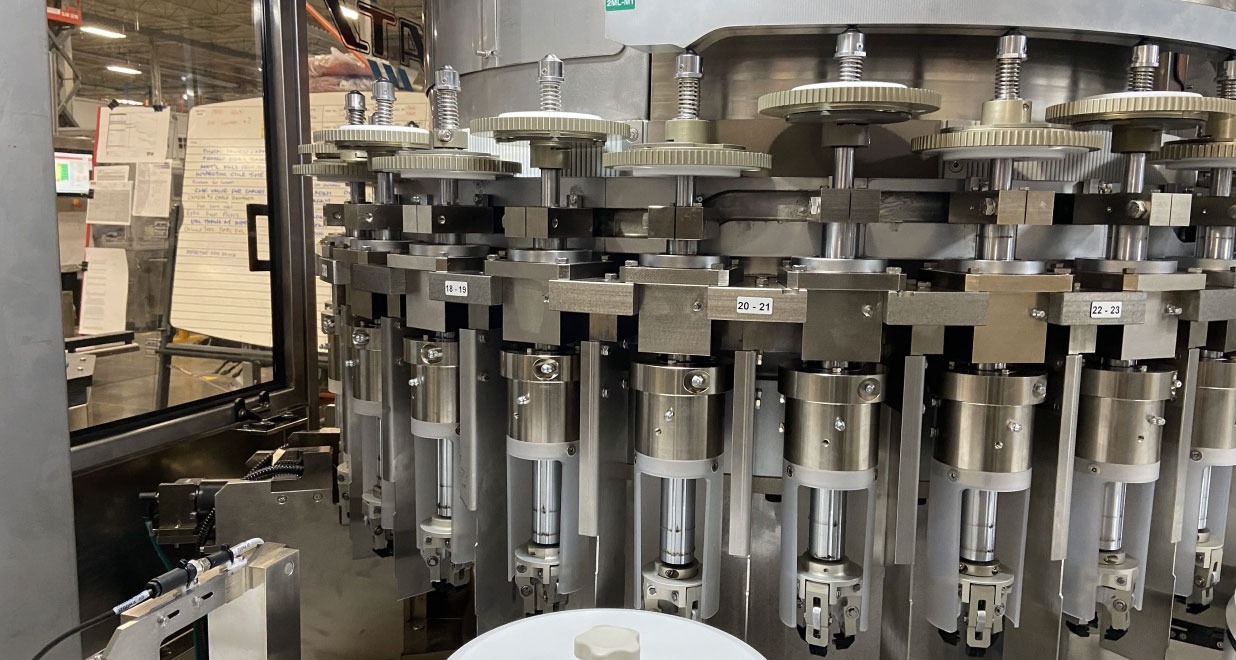
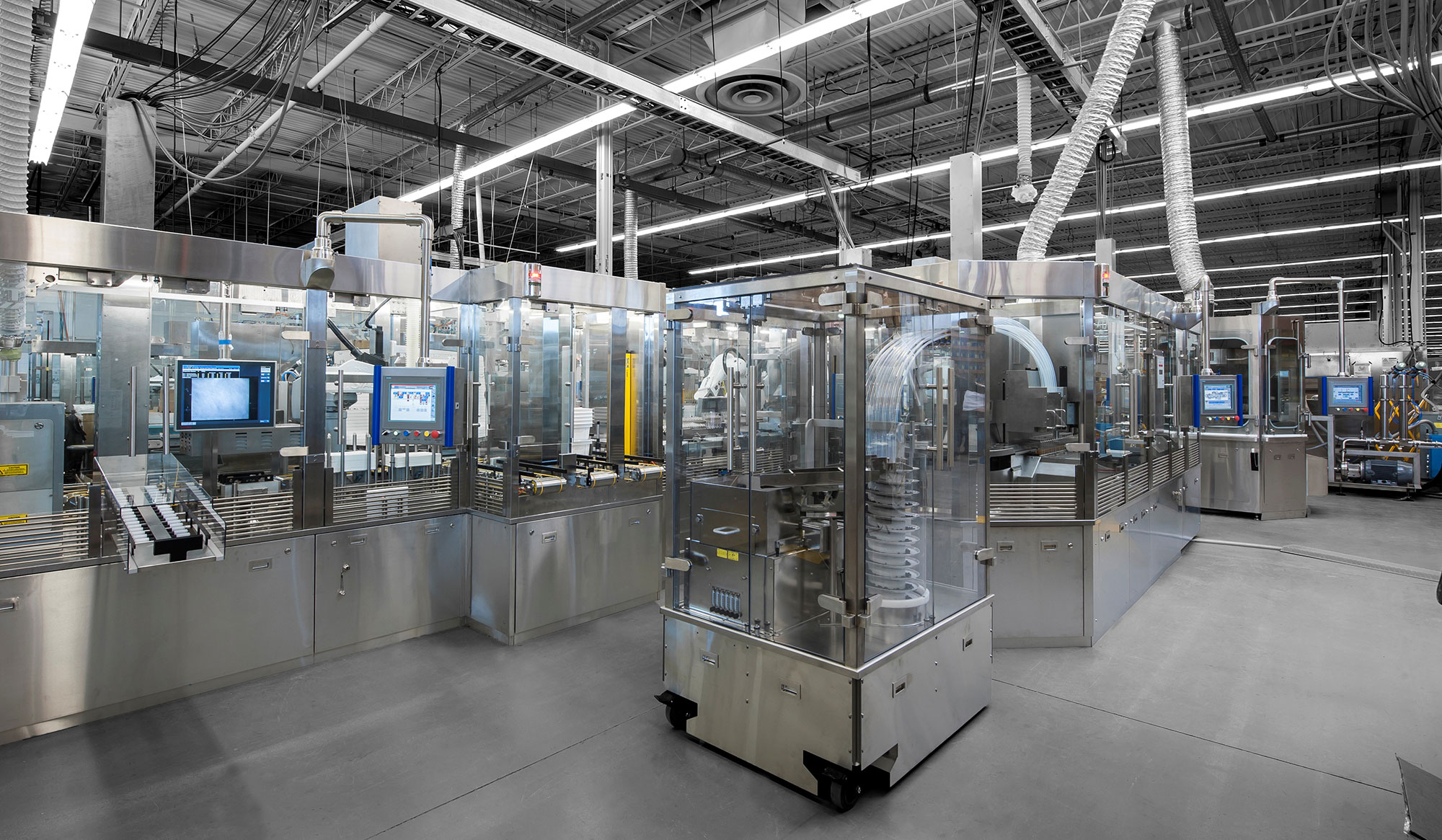



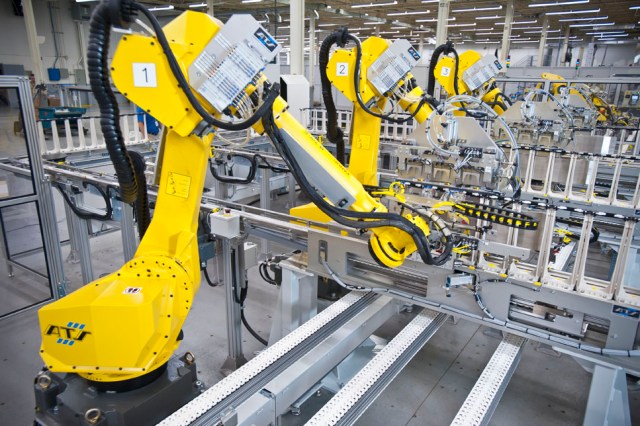

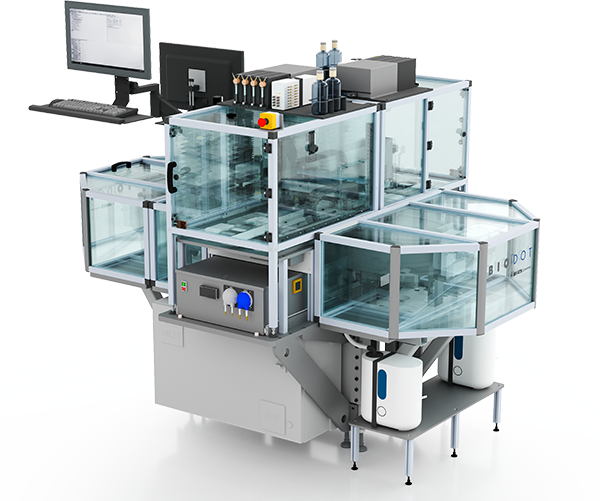

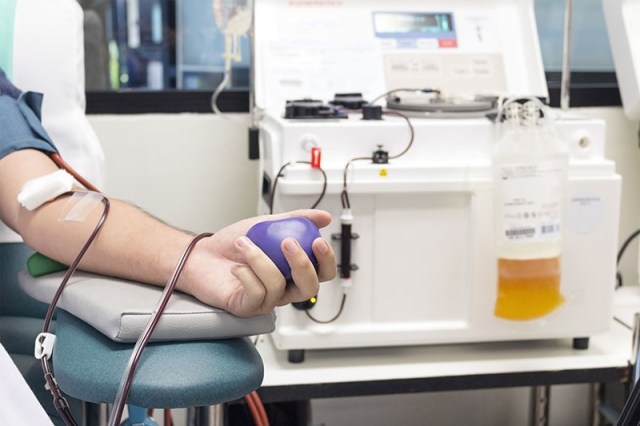



 Contact Us
Contact Us  Subscribe
Subscribe  LinkedIn
LinkedIn  Youtube
Youtube